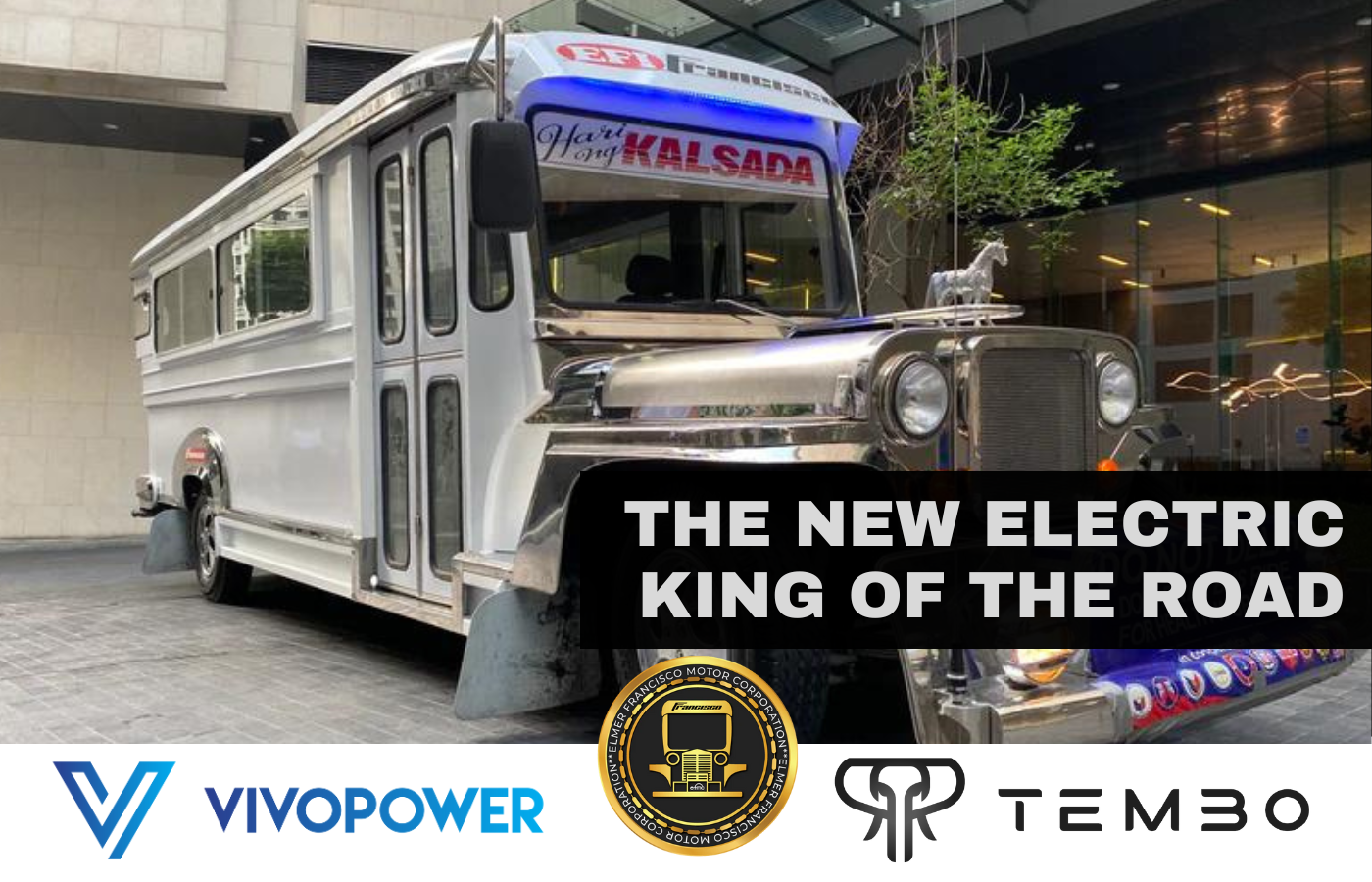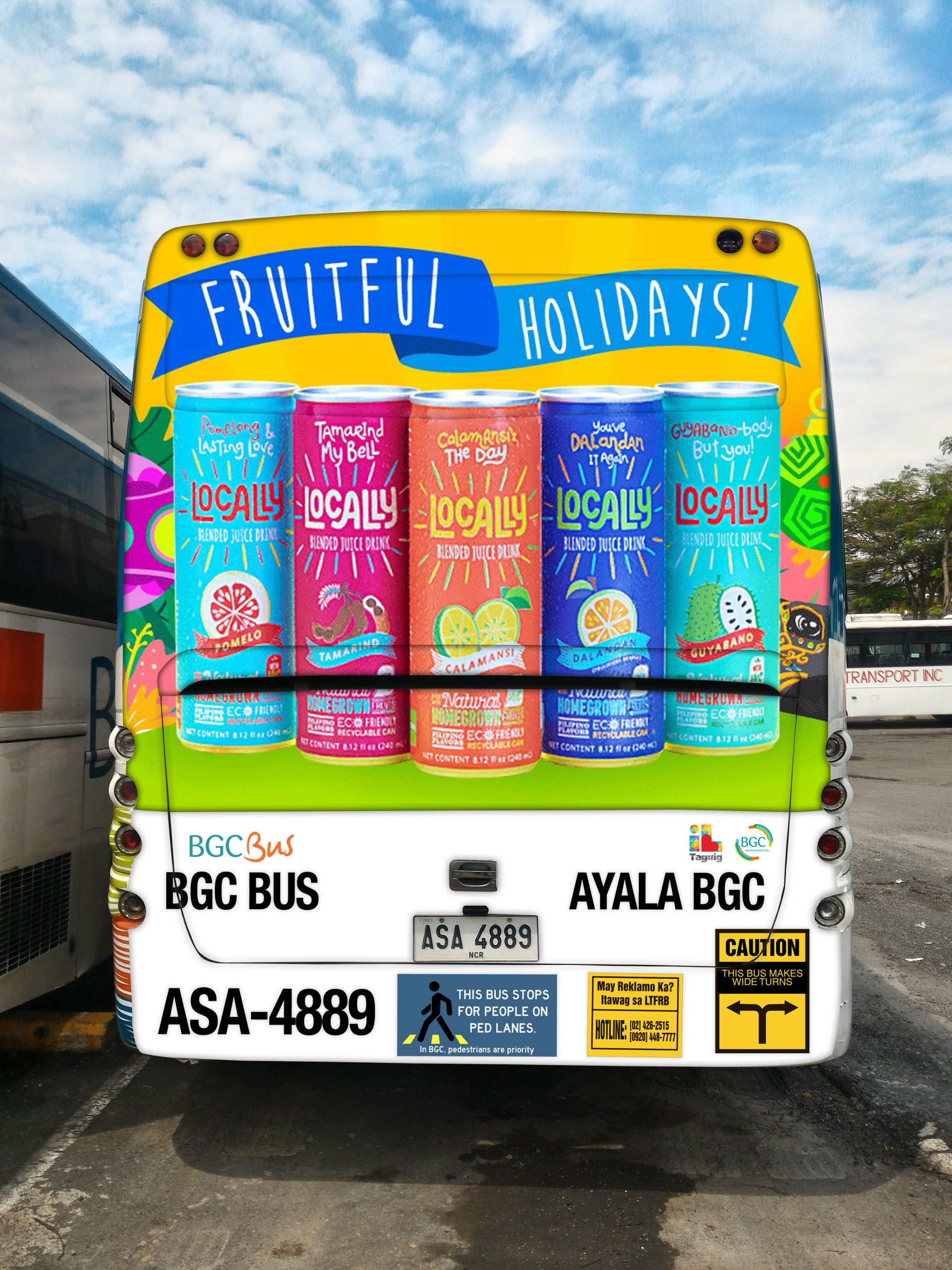Transit Advertising Philippines: Reach Thousands of Commuters Daily
Transit Advertising Philippines: Reach Thousands of Commuters Daily
Blog Article
Exactly How Transit Advertising And Marketing Can Change Mass Transit Spaces Into Dynamic Advertising And Marketing Platforms
Transportation advertising holds considerable potential to redefine mass transit rooms into vivid advertising systems that educate and engage. By using cutting-edge formats such as digital display screens and interactive kiosks, brand names can not just reach a diverse target market but likewise boost the overall commuter experience. This approach produces an one-of-a-kind chance for brand names to get in touch with consumers in a setup that is typically overlooked. As we explore the diverse advantages and developing methods of transportation advertising, it increases the inquiry of how this improvement could redefine our interactions with both brands and the metropolitan setting.
Advantages of Transportation Advertising And Marketing

Additionally, transit advertising and marketing is very economical compared to conventional media. It permits marketers to achieve high perceptions at lower prices, making the most of roi. The captive target market of commuters provides a chance for brand names to communicate their messages to people who are often responsive throughout their travel times.
In addition, the dynamic nature of transportation advertising permits campaigns to be upgraded regularly, guaranteeing that messaging continues to be appropriate and prompt. This flexibility can be essential in reacting to market trends or marketing occasions, maintaining the brand top-of-mind for consumers. Last but not least, the pervasive existence of transportation advertising and marketing adds to brand name recall; duplicated exposure within familiar traveling contexts enhances brand understanding and cultivates consumer loyalty, inevitably driving sales and enhancing brand name credibility.
Kinds Of Transit Advertising
Public transport systems give different styles for advertising and marketing, each providing to different advertising and marketing strategies and audience involvement methods. One popular kind is external bus and train covers, which cover the entire automobile and develop a mobile billboard impact, enabling high visibility in city settings. These covers can capture focus as they pass through active roads, getting to a varied target market.
Another popular format is indoor advertising and marketing, that includes posters, electronic screens, and ads on transit seats. These placements involve guests throughout their trip, strengthening brand name messaging in a restricted space. Digital displays, specifically, offer the advantage of vibrant web content, making it possible for marketers to upgrade messages in real-time.
Station advertising is also substantial, including posters, banners, and interactive booths within transit terminals. These advertisements leverage foot traffic and can target specific demographics based upon place.
Lastly, promotional partnerships with transportation authorities can cause special projects, such as themed transit experiences or events, enhancing the total interaction with commuters. Each kind of transportation advertising supplies unique advantages, enabling brands to customize their method to effectively reach their target market within the public transport community.
Engaging Travelers Efficiently
Travelers are significantly inundated with marketing messages during their everyday journeys, making it crucial for brands to involve them in cutting-edge methods. To capture attention in this jampacked area, marketers have to prioritize creativity and significance. Making use of distinctive visuals and concise messaging can substantially boost the possibility of interaction.
Interactive components, such as QR codes or augmented reality functions, can additionally change static ads right into immersive experiences, cultivating a deeper connection with the audience. Brands must concentrate on addressing commuters' interests and needs, tailoring messages to reverberate with their way of life, whether via promos for local companies you could try these out or solutions created to boost their commuting experience.
Furthermore, timing plays a vital duty; strategically placing advertisements throughout optimal commuting hours can maximize exposure and influence. Engaging commuters properly additionally involves leveraging social networks assimilation, allowing travelers to share their promotions or experiences straight from transportation platforms, thus magnifying brand reach.
Basically, reliable interaction rests on recognizing the commuter journey and creating compelling, interactive, and relevant advertising and marketing experiences that not just record interest however also drive activity and commitment. By doing so, brand names can transform public transport into a vibrant marketing platform that resonates with its target market.

Measuring Advertising And Marketing Effect
How can brands properly examine the efficiency of their advertising projects en route environments? Gauging the effect of transit advertising and marketing needs a multifaceted strategy that integrates qualitative and measurable metrics. One common method is tracking involvement through mobile analytics, where brand names can evaluate foot traffic patterns and application interactions in the past, during, and after projects.
Surveys can provide beneficial understandings into brand name recall and customer belief, allowing brand names to assess how well their messages reverberate with commuters. Additionally, checking social media sites interaction pertaining to details campaigns can disclose shifts in public perception and brand conversation.

Additionally, working together with transit companies can boost measurement precision, as they frequently have in-depth group data site on ridership trends. By incorporating these methods, brands can establish a thorough understanding of their advertising efficiency, making sure that their projects not just get to yet additionally influence their target audiences effectively.
Future Patterns en route Marketing
A considerable shift is expected in transit marketing as technological developments and altering consumer behaviors reshape the landscape. Transit Advertising Philippines. The integration of digital displays and multimedias is anticipated to improve engagement, allowing brands to supply vibrant web content that resonates with diverse audiences. As public transport systems welcome wise innovation, advertisers will certainly utilize real-time information analytics to tailor messages based on passenger demographics and actions
In addition, increased truth (AR) is poised to revolutionize the way commuters connect with ads. By offering immersive experiences, AR can transform a mundane journey right into an interesting story that catches attention and fosters brand name loyalty. This development will likely encourage marketers to produce more experiential projects that drive consumer interaction.
Sustainability is an additional critical fad affecting transit advertising. As ecological consciousness grows, brand names will significantly seek to straighten with green techniques, utilizing lasting materials and advertising environment-friendly efforts within their campaigns.
Verdict
Finally, transit advertising and marketing uses significant benefits by enhancing brand name exposure and involving a captive target market. With various styles, such as exterior wraps and electronic screens, it changes mass transit right into a vibrant marketing system. Efficient engagement approaches and robust dimension strategies even more amplify its influence. As patterns advance, the capacity for cutting-edge interactions in between brand names and commuters is poised to grow, making certain that transit marketing stays an essential component of contemporary advertising and marketing strategies.
Transit advertising holds significant potential to redefine public transportation rooms right into dynamic marketing platforms that involve and notify. The pervasive presence of transit advertising contributes to brand recall; repeated direct exposure within acquainted traveling contexts strengthens brand understanding and fosters consumer loyalty, inevitably enhancing and driving sales brand name online reputation.
Exactly how can brand names precisely examine the efficiency of their advertising projects in transportation atmospheres?In conclusion, transportation marketing supplies considerable advantages by improving brand presence and involving a captive audience. Transit Advertising Philippines. As fads advance, the capacity for innovative communications between commuters and brand names is poised to expand, making sure view that transit advertising continues to be a vital component of contemporary advertising techniques
Report this page